
As New York fashion week kicked off, New York Magazine published its annual Spring fashion issue, which featured a striking, twenty-four page portfolio by the artist Maurizio Cattelan and fashion photographer Pierpaolo Ferrari. The work was as vibrant as it was unique, and stood out among the other fashion portfolios of this season. Here, TIME’s Director of Photography Kira Pollack interviews New York Magazine’s Director of Photography Jody Quon to find out how the project came to be.
Kira Pollack: When did you first approach Maurizio Cattelan to shoot a fashion portfolio for New York Magazine? What was the context that inspired you to reach out to him?
Jody Quon: Our first discussion of a collaboration occurred back in 2011 when Maurizio’s Guggenheim retrospective [“All”] was going up.
JQ: We were meeting about the Guggenheim, and it was then that he showed me his first few issues of TOILETPAPER – his collaboration with photographer Pierpaolo Ferrari. The images hit me in the face like a truck. It was at that moment that I started imagining the possibilities of incorporating fashion through this lens.
KP: How much freedom did Maurizio and Pierpaolo have creatively and how did they work as collaborators?
JQ: We gave them total creative freedom. We had certain guidelines that they needed to keep in mind, but the pitch to them from the beginning was to allow them to do what they do. It is paramount to allow artists the freedom to do what they do. We are inviting an artist into the magazine because we want their singular point of view – therefore it is important to give them the leash to do that. That said, in all successful collaborations, it is important to keep a very frank and open discussion as the project is evolving. And as our project was evolving, we met and spoke at key moments of the evolution so that both sides felt reassured we were all working towards the same goal.
KP: Where was it shot and how long did it take to complete?
JQ: All of the shooting took place in Milan over the course of a few months. The actual shooting was about three or four days, but planning and production was over the course of months.
KP: What role did the stylist play into the portfolio? How were the clothes selected? Were there certain requirements when it came to credits?
JQ: Maurizio and Pierpaolo have a wonderful relationship to [stylist] Francesca Cefis. She understands how they think and knows how to read their cues. She seems to know how to carefully choose the clothing and accessories that will then help to realize a successful image they are all happy with. Our fashion director and our senior market editor worked with Francesca to suggest which designers they wanted to play out in the portfolio, and coordinated all of the logistics in making sure the clothes were readily available.
KP: Why commission an artist to create a fashion portfolio?
JQ: I feel it is important to challenge the eye. Clothing is part of the daily air and affects everyone whether they are aware of it or not, and what is refreshing about working with artists, is that what is their usual disassociation with fashion becomes a huge advantage in coming to the project with fresh eyes.
A video created by Cattelan and Ferrari to accompany the shoot
Maurizio Cattelan and Pierpaolo Ferrari
KP: What is the difference between fashion and style and how do the two inform a fashion portfolio?
JQ: It is one thing to be following fashion – it is another to embody style. And style is something that money can’t buy. It is about the life that is living in the dress –imagination, vulgarity, magic, pulse, originality. Don’t give people what they want – give people what they don’t know they want yet.
KP: In your opinion, what makes a great fashion photograph?
JQ: A great fashion photograph should be a great photograph – it should speak to all – irrespective of one’s interest in fashion in general. The fashion should be secondary to what you remember about the image. That was the genius of Richard Avedon, Helmut Newton, Irving Penn, to name a few. They are not known as great fashion photographers – but rather great photographers. You don’t remember the images for what was worn, but for the ideas and messages that the images suggested.
KP: What are some of the most memorable fashion porfolios you have presided over?
JQ: I have loved every reportage assignment we have made – starting with Paolo Pellegrin back in 2007 through to Christopher Anderson, and Pari Dukovic to name just a few. Their précis was to use the extraordinary and other worldly nature of the fashion season to make great images. To think of going to the collections akin to going to the opera – and bask in both the beauty and the grotesque. Know that in each case, out of probably 3000 images, we edit down to 15 at most. It is this editing process that is a huge highlight of my job. Finding the narrative and discovering the score to ultimately make a beautiful song or poem. I also adored our collaboration with Will Cotton. We fed him the season and let him absorb it to then find the pieces that would inspire his artwork. Again, carte blanche. I loved that he managed to make sculpture, paintings, drawings, and photographs for this portfolio. A great portfolio does not necessarily need to begin and end with a photograph. There is so much more in between! No rules.
KP: Most photo directors act as producers on a fashion shoot rather than creative directors. When did you first become interested in style and what is your background in fashion?
JQ: I have always been interested in style. I went to Rhode Island School of Design, and majored in apparel design. I did press for Comme des Garcons for almost five years. I love design, and I collect. And I also love art. And I think everything informs the best work out there. Everything comes down to an appreciation for an original point of view. We have to keep moving the needle, and that is hard to do. But you can at least make that a goal. I have learned that life is short and you need to make every moment count – because you can’t get it back.
KP: Who are your biggest influences in fashion?
JQ: I believe in independent thinkers that continue to strive towards moving the needle, to keep questioning, to keep looking. Never stop looking. Rei Kawakubo and Azzedine Alaia are great examples. And I love that Rei is a woman, and that she is still going strong, and she has not compromised her ideals. She is also giving back by supporting those younger designers that have vision and should be seen. Dover Street Market is a wonderful example of this. Reminds me of what Barneys was in the 1980s – a retail jewel with fantastic curation and risk taking.
Artist Maurizio Cattelan is known for his bold, playful art work that often mocks popular culture. Solo exhibitions of his work have been organized by the Museum of Modern Art and the Centre Georges Pompidou, among many others. Cattelan co-founded the art magazine TOILETPAPER with photographer Pierpaolo Ferrari. He lives and works in New York and Milan.
Pierpaolo Ferrari is a fashion photographer who has worked for clients such as BBDO, Saatchi and Saatchi, Emporio Armani and L’Uomo Vogue among many others. He co-founded the art magazine TOILETPAPER with Maurizio Cattelan, and lives and works in New York and Milan.
Jody Quon is the Director of Photography at New York Magazine. Kira Pollack is the Director of Photography at TIME. Pollack and Quon worked together at the New York Times Magazine under Kathy Ryan from 1998 until 2004, when Quon moved to New York Magazine.




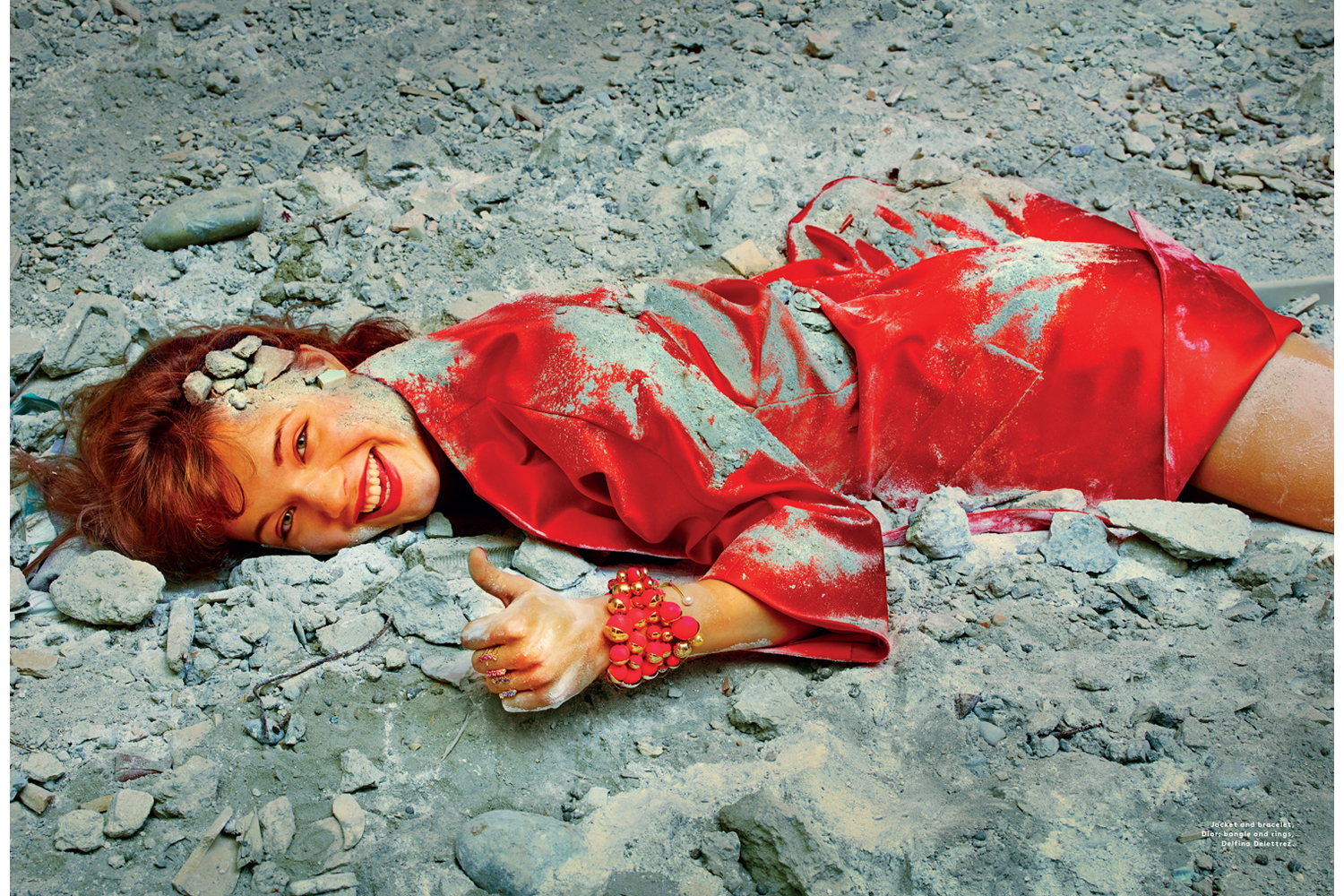


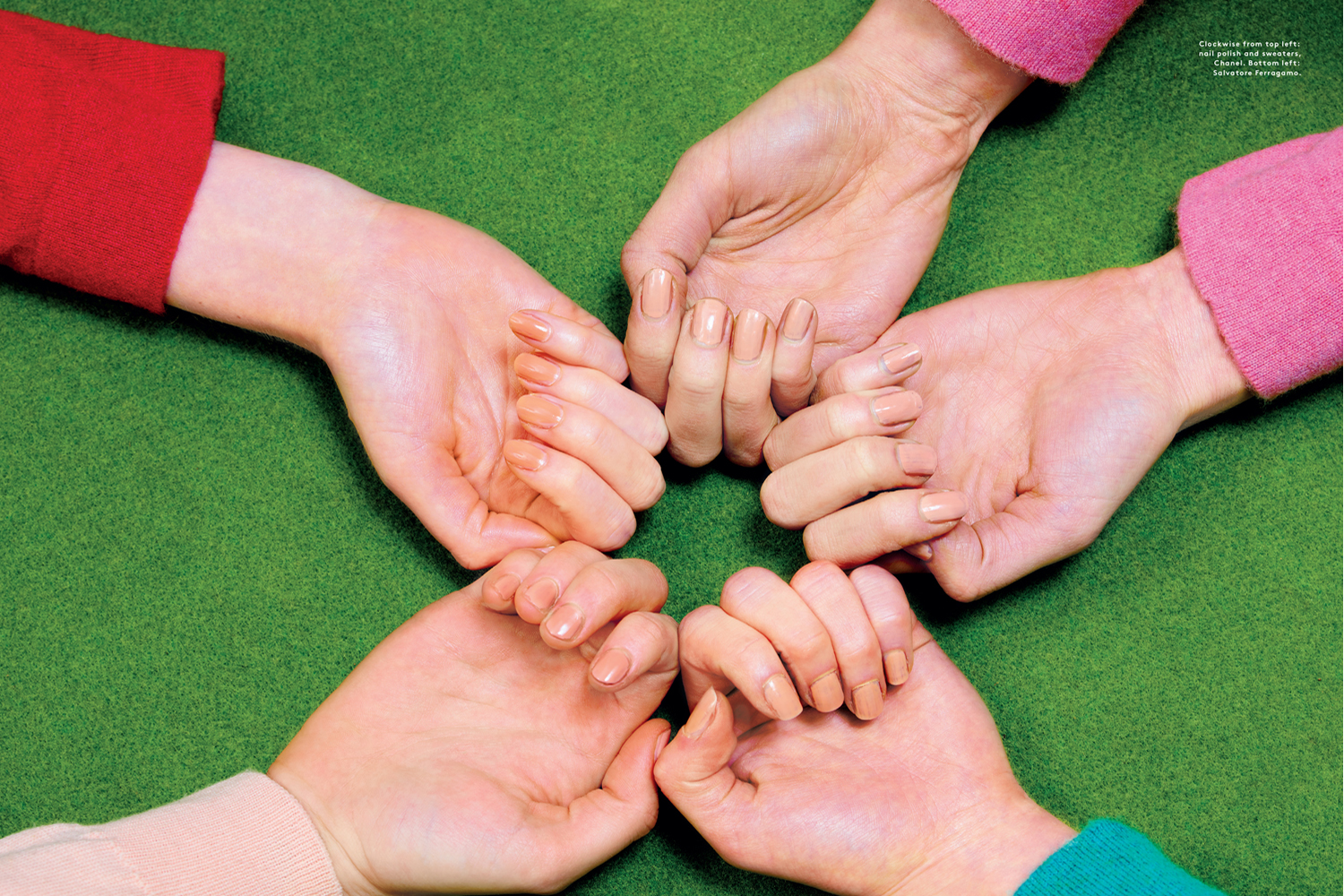
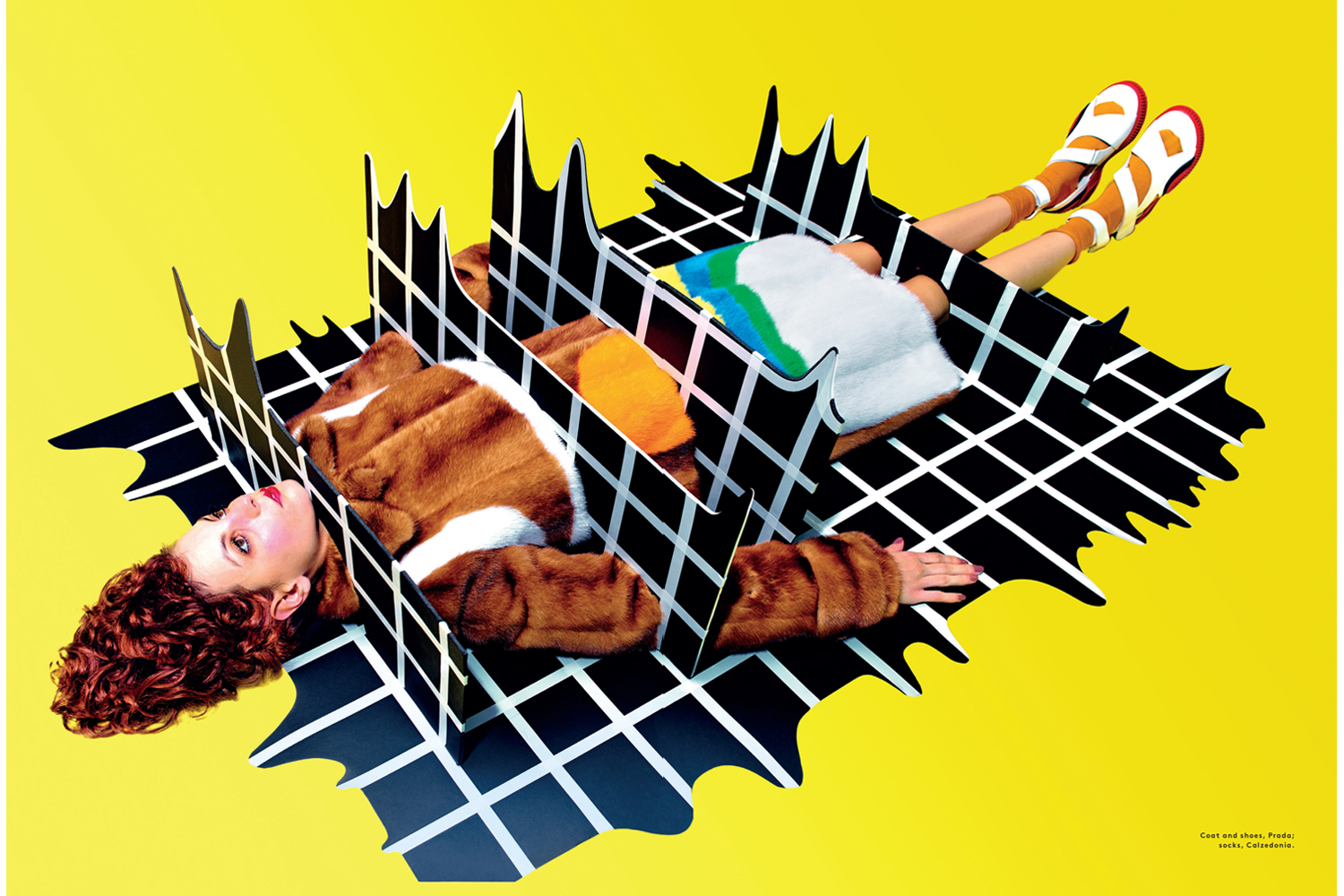

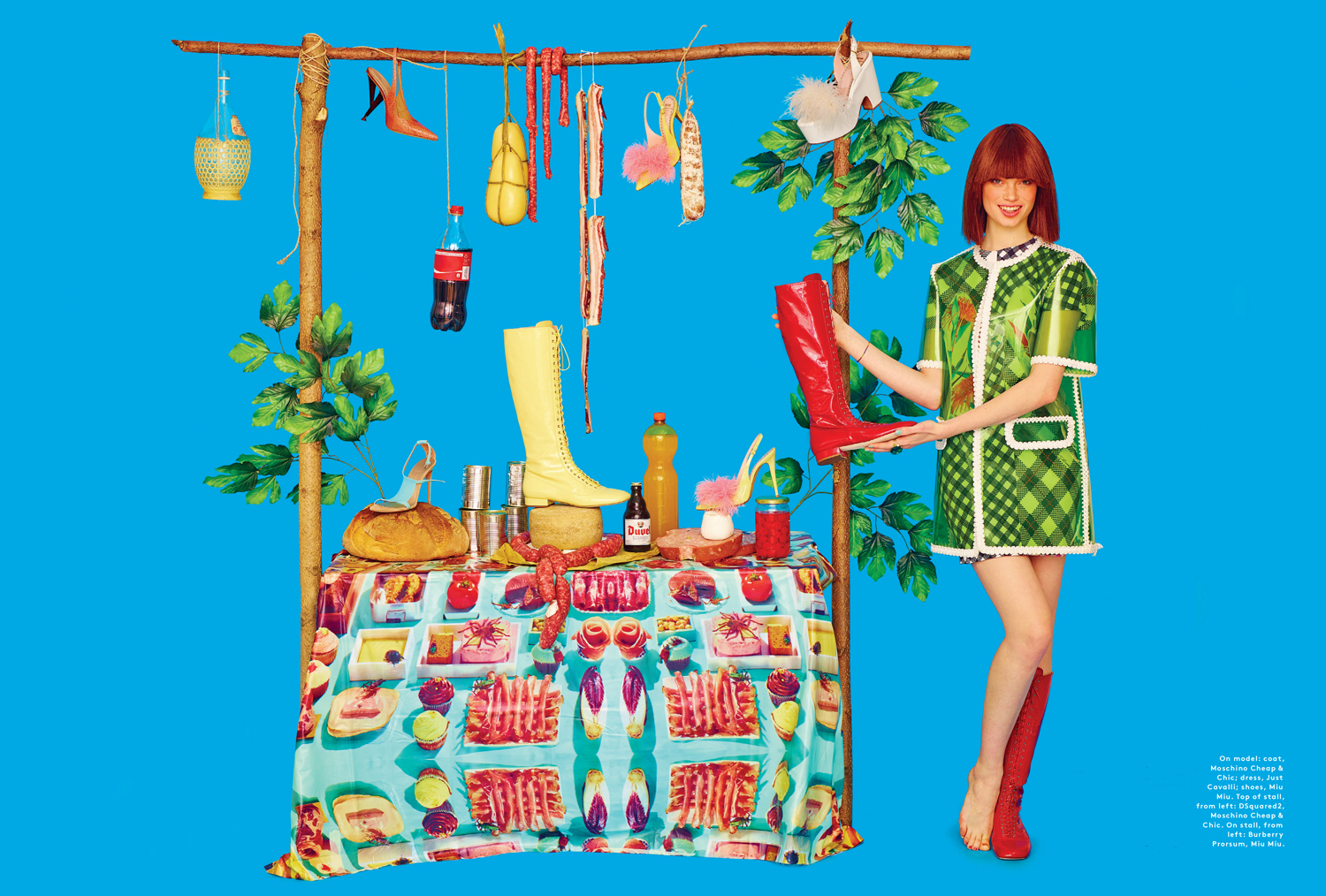
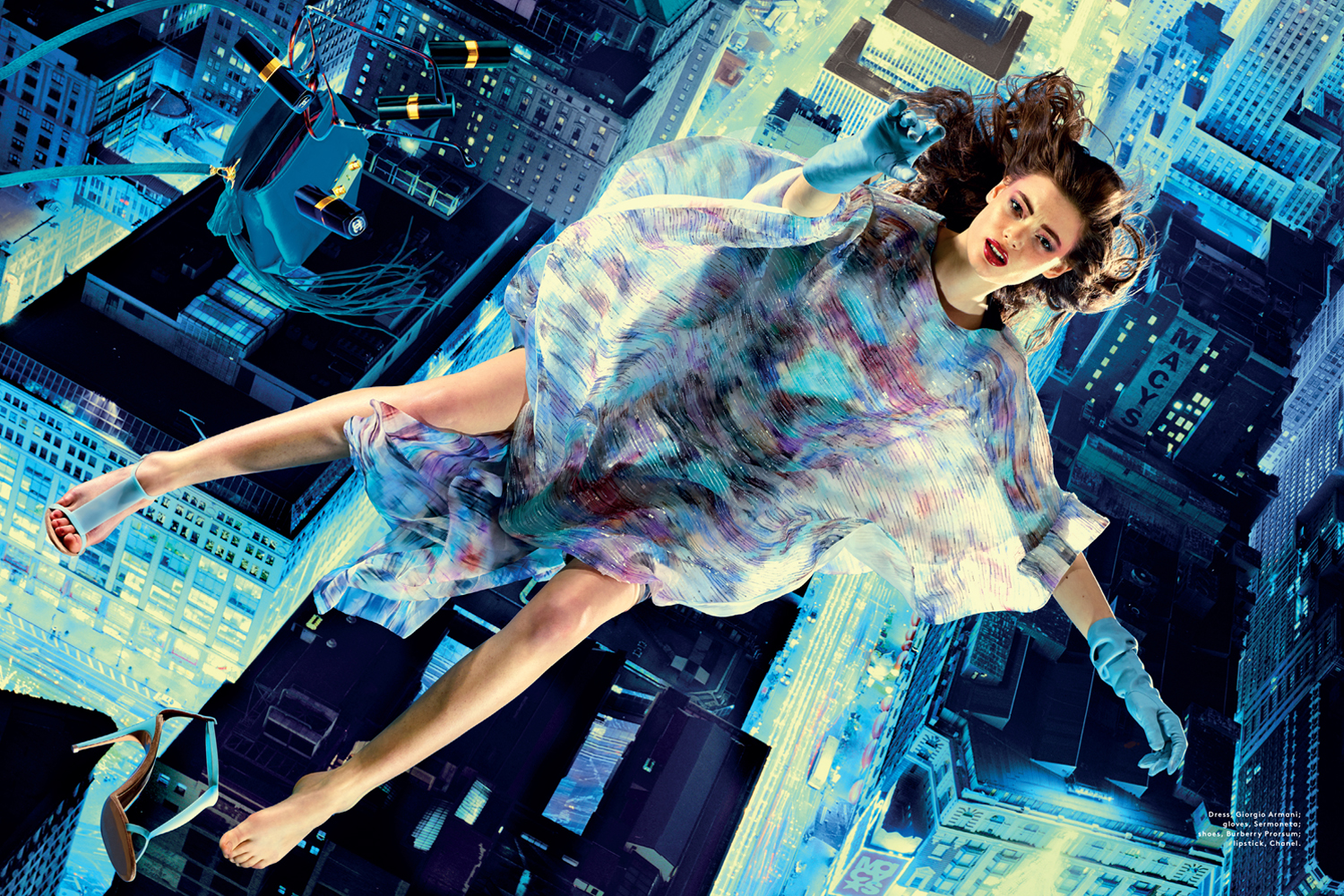
More Must-Reads from TIME
- Donald Trump Is TIME's 2024 Person of the Year
- Why We Chose Trump as Person of the Year
- Is Intermittent Fasting Good or Bad for You?
- The 100 Must-Read Books of 2024
- The 20 Best Christmas TV Episodes
- Column: If Optimism Feels Ridiculous Now, Try Hope
- The Future of Climate Action Is Trade Policy
- Merle Bombardieri Is Helping People Make the Baby Decision
Contact us at letters@time.com